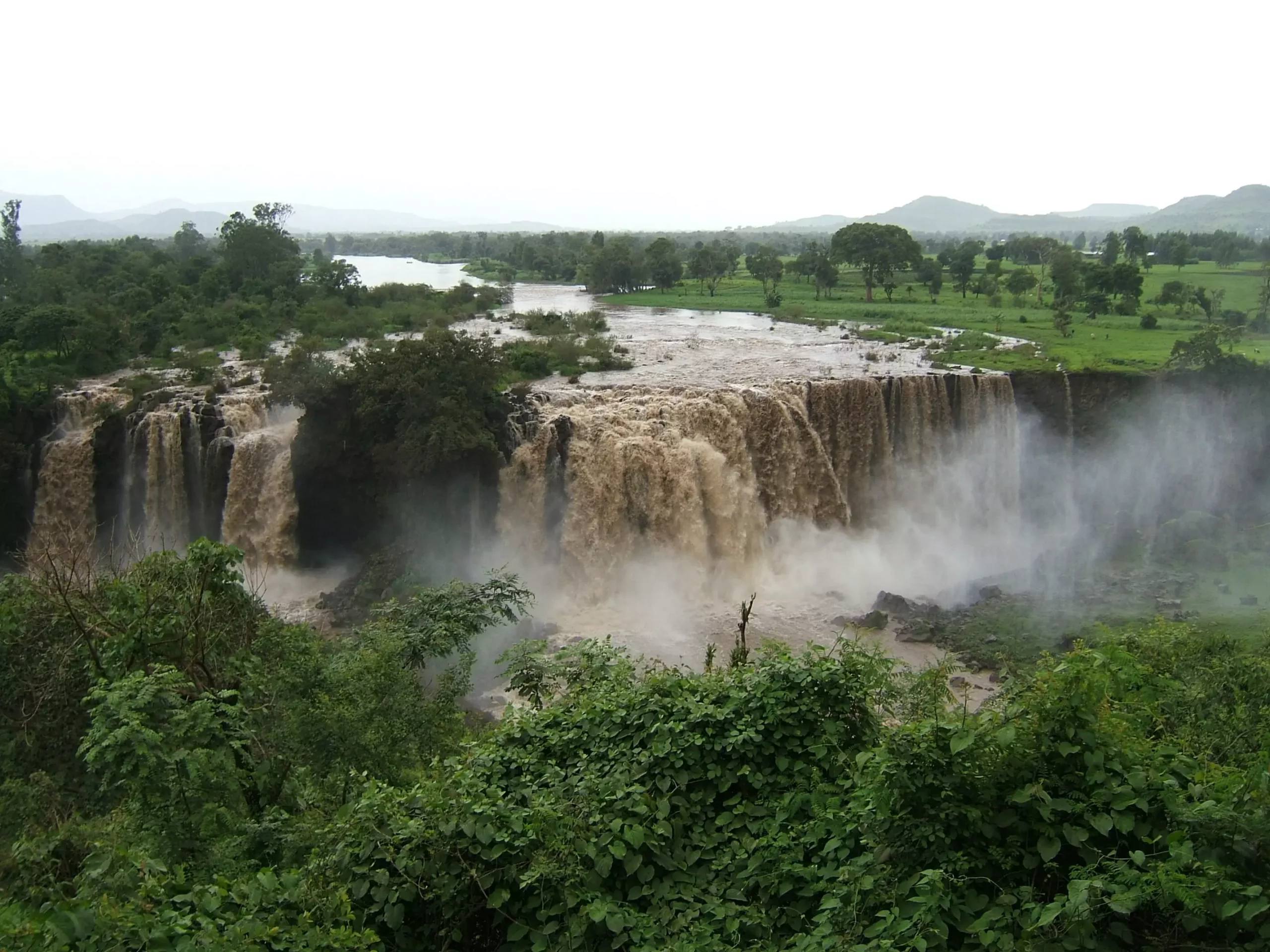As global temperatures rise and extreme weather patterns become more frequent, the Nile River—a vital water source for millions—faces unprecedented challenges. Recent drought conditions in Ethiopia, Sudan, and Egypt have underscored the precarious nature of this iconic waterway. The Nile Valley, historically a cradle of civilization, may find itself threatened not just by changes in precipitation patterns, but also by the variability that comes with climate change. Understanding the dynamics of the Nile River under these conditions is imperative to ensuring the survival of the communities that depend on it.
Today, the ongoing impact of climate change on waterways like the Nile must be confronted head-on—particularly in light of predictive models that forecast an increase in monsoonal rainfall throughout the region. This calls for an urgent analysis of past climatic conditions, particularly those that have highlighted pronounced wetness, such as the North African Humid Period that occurred between 11,000 and 6,000 years ago. By examining historical data, researchers can draw parallels that help predict future climate scenarios for the Nile.
Investigating the Depths of Time
A recent study led by Cécile Blanchet and a research team at the German Research Centre for Geosciences (GFZ), in collaboration with the University of Innsbruck and the Alfred Wegener Institute, sheds light on these past conditions through sediment core analysis. This investigation dives deep into a 1,500-year-old sediment core, which reveals layers indicative of flooding frequency and sediment deposition rates. The findings contribute valuable insights regarding how large river systems like the Nile respond to climatic extremes.
The sediment core, extracted from the mouth of the Nile, provides an extraordinary archive capable of showcasing seasonal flood dynamics with impressive detail. By counting and measuring the annual layers in the core, Blanchet and her team uncovered a chilling revelation: fluctuations in sediment layer thickness correspond to periods of both extreme and minimal flooding, indicating a highly unstable river system at points in history. This unpredictability could have rendered the Nile Valley inhospitable, posing significant challenges for the ancient populations that relied on it.
Flood Patterns and Future Predictions
The study’s findings indicate that the North African Humid Period featured dramatic variations in flood intensity, punctuated by intervals of exceptionally high flooding—up to three times the volume observed in later periods. This data suggests that even though the drivers of these floods varied over time, the scale of flooding was exacerbated in wetter, warmer conditions. The research illustrates a direct relationship between climatic fluctuations and river stability, emphasizing the need for effective forecasting tools that can mitigate risks to current populations.
Moreover, the research highlights that certain climatic drivers, akin to the El Niño Southern Oscillation (ENSO), have historically influenced the Nile’s hydrology. By establishing a connection between past flooding patterns and contemporary conditions, researchers can improve the predictive capabilities surrounding climate impacts on river systems. Creating a predictive framework for future flooding events based on past oscillations is essential for disaster preparation and infrastructure planning.
Intersecting Past and Present Knowledge
The most compelling aspect of Blanchet’s study is the comparative analysis made with ancient Egyptian records. The Nilometers, used by ancient civilizations to measure Nile flood levels, facilitate a fascinating juxtaposition of past and present flooding data. Notably, this comparison reveals that while flood-driving forces have remained somewhat consistent across millennia, the magnitude of their effects differs markedly depending on climatic conditions. This divergence underscores the importance of leveraging historical insights in contemporary flood risk assessments.
As the Nile Valley grapples with a precarious climatic future, the urgency of establishing reliable rainfall forecasting methods cannot be overstated. With populations densely clustered along the banks of this historical river, developing infrastructure that can withstand variable flooding patterns is paramount. The capacity to foresee flooding risks effectively intertwined with historical contexts can allow for more resilient living conditions for millions.
Challenges and Opportunities Ahead
Blanchet and her team’s findings open pathways for further research and practical application in disaster preparedness. The complexity of the Nile’s hydrological response to climate change poses a formidable challenge, yet it also brings opportunity. Enhanced models that integrate data from sediment cores and historical weather records can provide local communities with tools they need to anticipate and respond to instability in river flows.
The insights gleaned from past periods of climactic extremes are not merely academic; they are vital to building the future of the Nile and, by extension, the livelihoods of those who rely upon it. These efforts, driven by understanding both the geological and environmental history of the Nile, can empower modern societies to build on the legacy of their ancestors while mitigating the threats posed by an increasingly volatile climate. Addressing these complex interdependencies between environment, society, and technology will be crucial in securing a stable and sustainable future along the banks of the Nile River.

